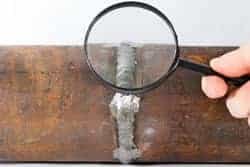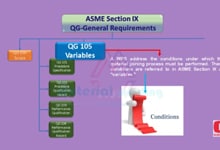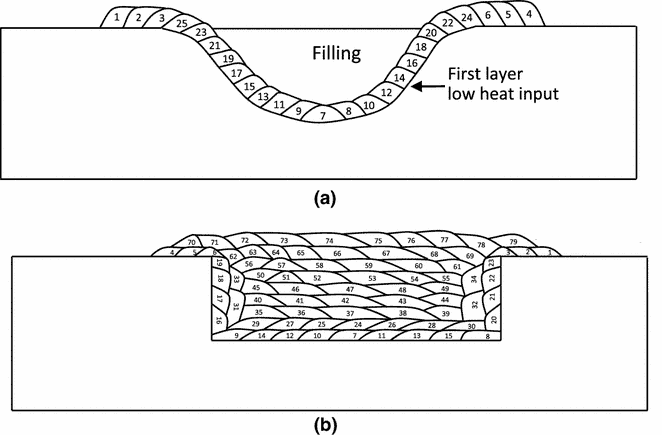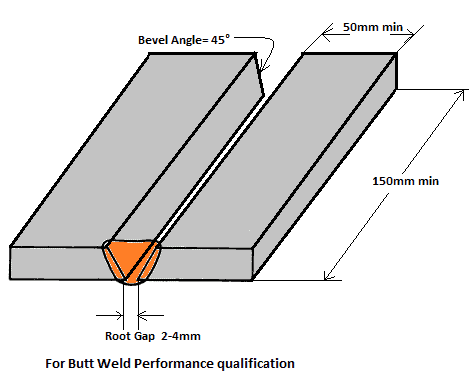”What is Procedure Qualification Record (PQR)?” ”What is a WPS?” ”What is the importance of PQR & WPS?”, How to qualify a PQR?: Read this post you will get your query answered.
Procedure Qualification Record (PQR): What does it mean?
A Procedure Qualification Record (PQR) is a document that provides evidence that a welding procedure produces welds that meet predetermined requirements. PQR is a step before the WPS.
A Procedure Qualification Record or PQR begins with the development of a preliminary welding procedure specification (pWPS). pWPS outlines the welding variables that will be used during welding based on practical experience of the welding engineer & welding electrode manufacturer recommendations.
PQR is qualified by welding of a welding test coupon using this pWPS. based on the
This welded coupon is subjected to various tests (visual testing & Destructive & non-destructive tests) to ensure that the welding made using this pWPS meets the minimum requirements as per welding qualification code or standard requirements such as ASME Section IX, AWS D1.1 or ISO 15614-1.
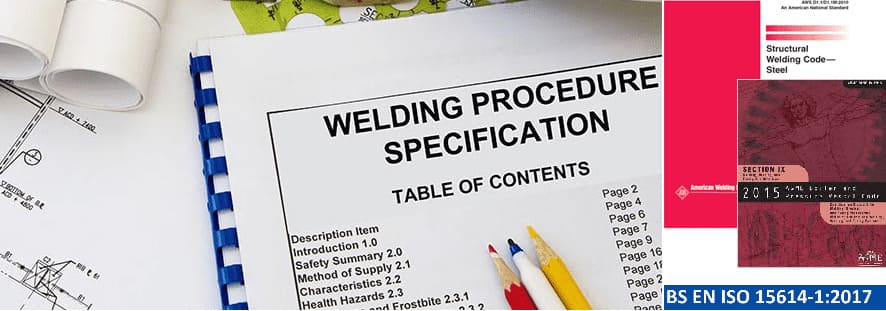
If all the tests results are acceptable, Procedure Qualification Record (PQR) is considered to be approved. A qualified Welding Procedure Specification (WPS) is drafted afterwards based on the welding variables used for PQR welding.
PQR hence becomes evidence that the qualified WPS will result in acceptable weld quality.
What is a Welding Procedure Specification (WPS)?
A Welding Procedure Specification or a WPS is a document that provides direction to the welder or welding operator for making sound and repeatable welds of acceptable quality. The WPS includes welding parameters, such as material type, electrode type and diameter, welding position, travel speed, gas type and flow rate, etc. but not limited to.
Related reading: How to qualify a WPS (Welding Procedure Specification)
Welding Procedure Specifications are important because they help to ensure that a given welding job will be completed in a consistent manner every time to meet the quality requirements (to meet mechanical properties). This promotes safety and quality while also reducing costs by eliminating the need for trial-and-error welds.
Procedure Qualification Record (PQR) Test Report
A PQR test report is a document that contains the results of a welding procedure qualification tests. The purpose of this test is to evaluate the suitability of a welding procedure (pWPS) for use in production.
The PQR test report will contain information on the welding parameters used, the weld metal properties (tensile, yield, ductility, toughness, etc.), and the performance of the weld. This information can be used to determine if a welding procedure is suitable for use in production.
What information is must to be included in a PQR?
A Procedure Qualification Record (PQR) is a document used in welding to qualify a procedure or WPS for a particular material thickness, welding consumables and welding process.
The qualified Procedure Qualification Record (PQR) must include the following information:
-welding procedure specification (WPS) & PQR number
-date
-base metal thickness, grade
-joint configuration
-Welding process/es used
-Filler metals used, including electrode classification and diameter or wire size and gas type and flow rate
– Preheat and interpass temperatures, if applicable
– Post weld heat treatment, if applicable
– Type of welding power source
– Polarity (DCEP or AC)
– Current and voltage settings
All this information must be recorded on the PQR form in order to create an accurate record of the welding procedure.
What are the test required for PQR Qualification?
In order to qualify for PQR status, a welding procedure must be carried out on a test coupon and the resulting weld examined as per the qualification code/ standard.
There are three tests required for PQR qualification as per ASME Section IX or AWS D1.1:
- The first is a visual examination, which assesses the appearance of the weld. This includes looking for any cracks, defects, or other imperfections.
- The second is a non-destructive test, which uses X-rays or ultrasound to examine the weld without damaging it.
- Finally, there is a destructive test, which involves taking a sample of the weld and testing it to see how well it holds up under stress. Mandatory destructive tests are Tensile Test & bend test as per ASME Section IX & AWS D1.1.
Supplementary tests such as CVN test, hardness test, weld macro test & corrosion tests are also used if required by client or specification.
Procedure Qualification Record Sample
A Procedure Qualification Record (PQR) is a document that provides evidence that a welding procedure produces welds that meet the requirements of the code or standard used.
The PQR must be prepared by the company designated Welding Engineer and shall be on suggested form given in the code or standard.
The PQR must include:
1. Identification of the specification, code, or standard to which the PQR will be subjected.
2. Identification of base metals with chemical composition (weight %).
3. Welding process(es) used and electrode(s) classification and diameter or wire size and gas(es) used including flow rates.
4. Current, voltage, travel speed (if applicable), and Amperes as measured with a volt-meter and ammeter during welding.
5. Results of tests.
Difference between WPS and PQR
WPS stands for Welding Procedure Specification and PQR stands for Procedure Qualification Record. They are both documents that are used in welding to ensure that the welds meet the required specifications.
The main difference between the two documents is that WPS is a document that outlines the specific procedures that will be used to weld a particular joint, while PQR is a document that records the results of actually welding a joint using the specified procedures outlined in the WPS.
PQR is important because it provides evidence that the welding procedure specified in the WPS can produce a sound weld.
Using a qualified WPS is important because it means that if a welder were to use the same WPS to weld another joint, they would likely produce a sound weld as well.
